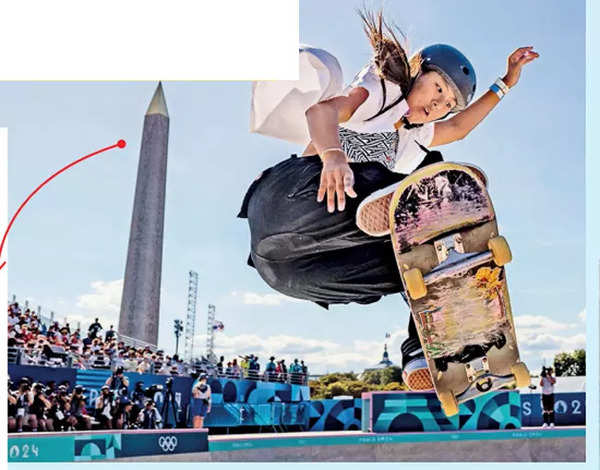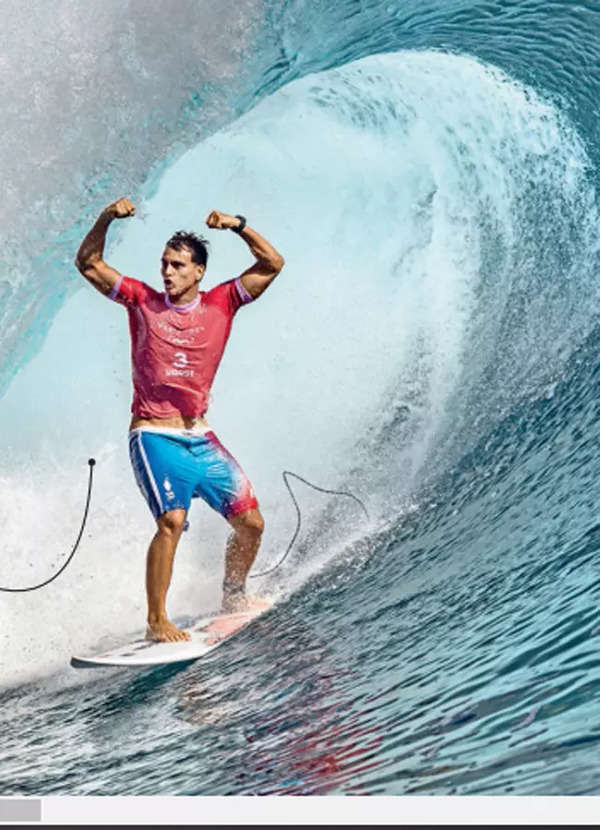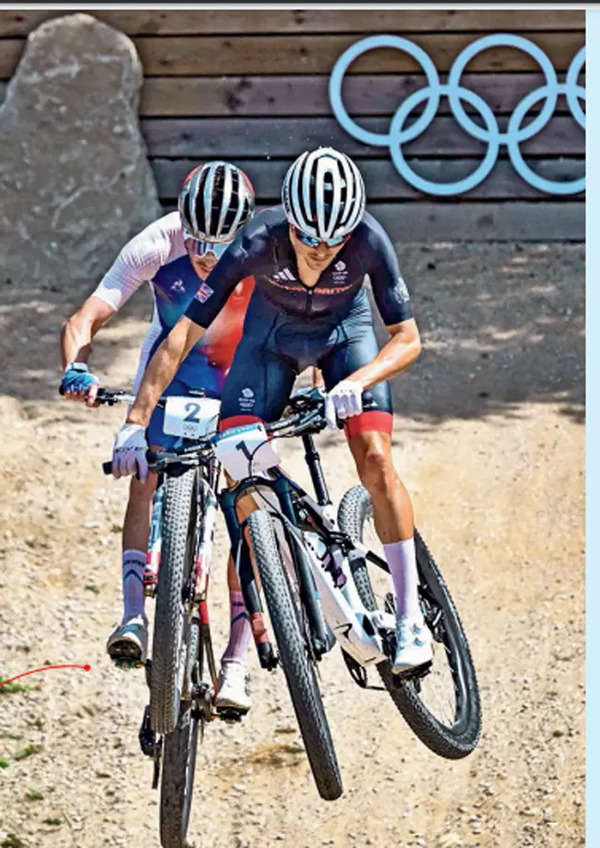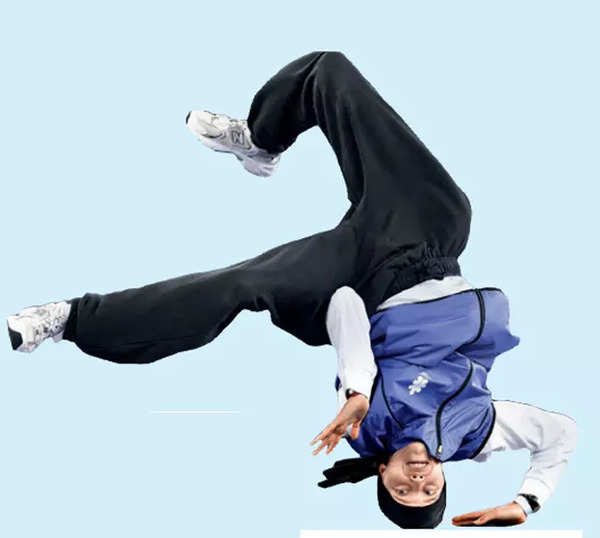SKATEBOARDING
Skateboarding made its debut appearance at the 2020 Olympics in Tokyo. There are two different skateboarding disciplines at the Olympics: park and street. With male and female categories open for both disciplines, there are a total of four skateboarding events at the Games.

Park skateboarding takes place on a varied course combining bowls and bends, to help the athletes gather speed and perform tricks mid-air. In the park events, athletes compete in three 45-second runs and are judged on their ability to use the surfaces to gain height and perform a wide range of tricks in preliminary rounds and finals. The street competition takes place on a ‘street-like’ course with stairs, handrails and other obstacles to resemble the urban environments where skateboarding started out. Street competitions see athletes compete in two 45-second runs, performing just five tricks per run in a competition of preliminary rounds and finals.
SURFING
Surfing made it onto the Olympic programme for the Tokyo 2020 Games and made a return to Paris 2024. The picturesque surfing spot of Teahupo’o in Tahiti was venue for the surfing competition. Surfers perform manoeuvers and tricks on a wave that are scored by five judges based on the variety, type and difficulty of the tricks.

Surfers are also judged on their speed, power and flow (the way in which a surfer seamlessly connects their moves from one to the next). Shortboards are the surfboards of choice for the Olympics. Smaller than longboards, shortboards are faster and more manoeuverable.
MOUNTAIN BIKING
Mountain bike made its Olympic debut at the Atlanta 1996 Olympics with individual races for men and women. French and Swiss athletes have regularly finished on the Olympic podium, combining for 16 of the 42 medals awarded in the discipline. The sport at the Olympics involves two cross-country mountain bike events: one for women and one for men.

Riders set off from the same starting line and contest multiple laps around a loop on mountainous, rough terrain that tests their technique, endurance, and stamina. Races feature a mass start and, in general, multiple laps. Riders take one to two hours to complete an intense course full of twists and turns, covering tens of kilometres during the event.
SPORT CLIMBING
Climbing also debuted at the Tokyo Games. Climbing’s addition, along with skateboarding and surfing, was part of a movement to expand the programme to include more urban sports. Climbing is broken down into three disciplines: bouldering, speed and lead. Bouldering: Athletes ascend a 4.5-metre wall without ropes in a limited period of time and in the fewest attempts possible. Lead: Climbers go as high as they can on a 15-metre wall in six minutes in a single attempt. Speed: A race against the clock, climbers scale a 15-metre wall with a five-degree incline.
3X3 BASKETBALL
Considered to be the number one urban sport in the world, 3X3 basketball has its roots in street basketball — a creative variation of the indoor game with a less formal structure. Evolving from outdoor courts to the Olympics, 3X3 basketball has been structured over the years by the International Basketball Federation (FIBA), the governing body responsible for developing basketball. 3X3 basketball is played on one half of a basketball court where two teams of three players compete. Both teams attack and defend the same hoop, depending on who has possession of the ball. The winner is the team with the highest score at the end of 10 minutes or the first team to reach 21 points. The three-point line in conventional basketball serves as the two-point line in 3X3 basketball, with shots made outside the line earning two points and those inside it one. It was at the 2020 Olympics that the first-ever 3X3 Olympic titles were won.
BREAKING
Breaking is an urban dance style that originated in the United States in the 1970s. With roots in hip-hop culture, breaking first took form in the lively block parties in the Bronx borough of New York, and is characterized by acrobatic movements, stylised footwork, and the key role played by the DJ and the MC (master of ceremonies) during battles.

International competitions were first held in the 1990s, popularising the dance form both among hip-hop communities and the general public along the way. The breaking competition at Paris Olympics comprises two events — one for men and one for women — where 16 boys and 16 girls faced off in solo battles. Athletes used a combination of power moves — including windmills, the 6-step and freezes.



